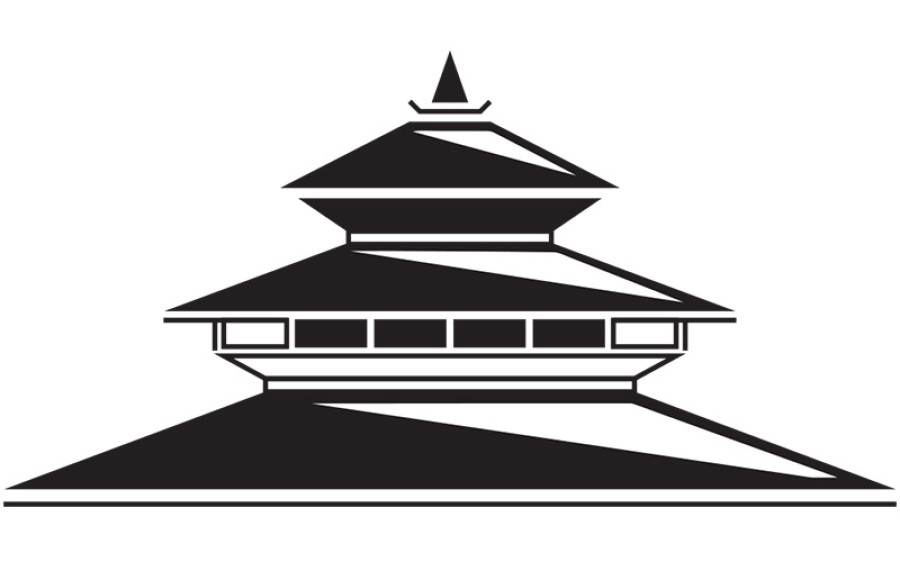Editorial
Smoke screen
Though banning old vehicles welcome, promotion of public transportation is the long-term answer
The government has decided to ban public vehicles older than 20 years from operating throughout the country, beginning on March 15. To put things in perspective, however, this is not the first time that the government has planned to phase out old vehicles and these initiatives have not gone beyond policy pronouncements.
Previously, in January 2015, the Sushil Koirala-led government had made a similar decision. But by the time it was finally implemented, in February 28 last year, the ban was limited to the Kathmandu Valley, and only to public vehicles. This constrained the original scope of the ban. The Department of Transport Management (DoTM) has failed to make any headway in enforcing the ban—with less than a dozen such public vehicles being booked. The Director of DoTM has declared that the ban would be “strictly enforced” this time around, but past experience doesn’t give cause for encouragement.
It also bears mentioning that while an effective countrywide ban on public vehicles older than 20 years would indeed be a welcome step towards improving air quality—recently ranked as the worst in the world—it would still only be a short-term solution to the larger issue of the increasing reliance on transportation.
There were just over 76,000 vehicles in the country in the fiscal year 1989/90. The number has now reached over 2.5 million, with 211,969 new vehicles having been registered in the first half of this fiscal year alone. Of the 2.5 million, only 2,000 vehicles plying the streets are older than 20 years. Of course, a 20-year-old vehicle would contribute more to PM2.5 levels (which cause severe respiratory diseases) and other toxic emissions than a newer vehicle, due to adherence to older emission standards at the time of manufacturing and deterioration of pollution reducing parts. However, the surge in the use of vehicles over the last 20 years should also be held accountable for the rise in air pollution. Emissions from vehicles are responsible for 38 percent of the total fine particulate matter (PM2.5) levels in the air in Nepal.
Even members of the National Automobile Dealers’ Association, the national group of vehicle sellers, agree that the demand for private vehicles and especially motorbikes has increased due to the lack of effective public transportation. There are almost 20,000 public transport vehicles in Kathmandu Valley, deemed too little for the growing commuting population. The only way to effectively reduce emissions would be to promote the development and usage of public transportation. Tax incentives on electric vehicles, again by the Sushil Koirala-led government in 2015, have already shown their effectiveness as the proper way to change vehicular usage trends. The non-polluting, electric ‘tuk-tuk’ is already the most popular form of intra-town transport in rural Tarai. Electric tuk-tuks may not be viable in large metropolises such as Kathmandu, with their limited passenger carrying capacity. However, large public transport vehicles, such as buses, are known to significantly reduce the emission levels it takes to move one passenger one mile when compared to smaller vehicles such as cars and motorcycles. By improving the public transportation system, the government can make a larger dent on air pollution.




 16.24°C Kathmandu
16.24°C Kathmandu














